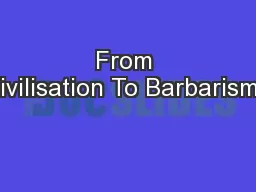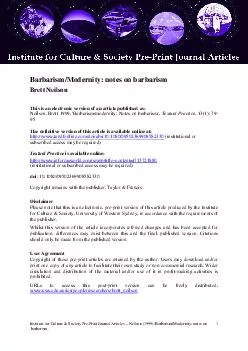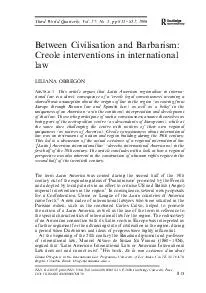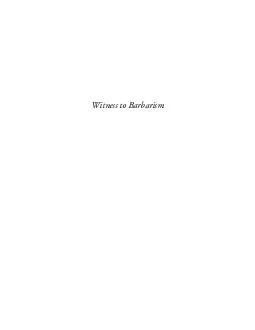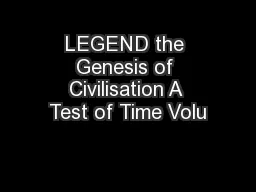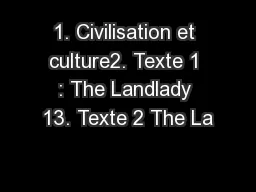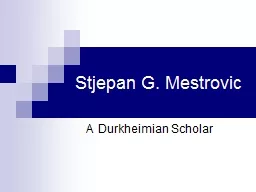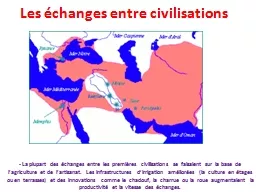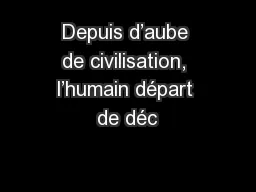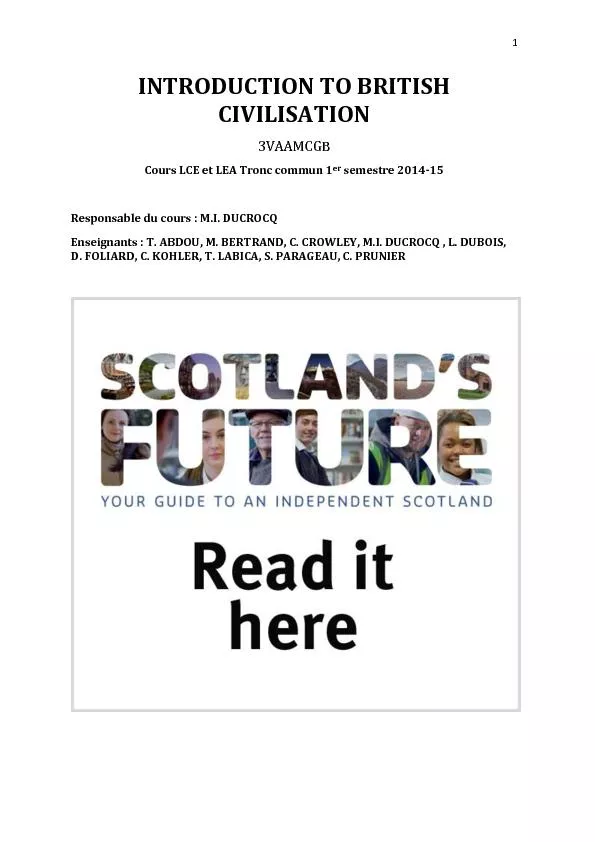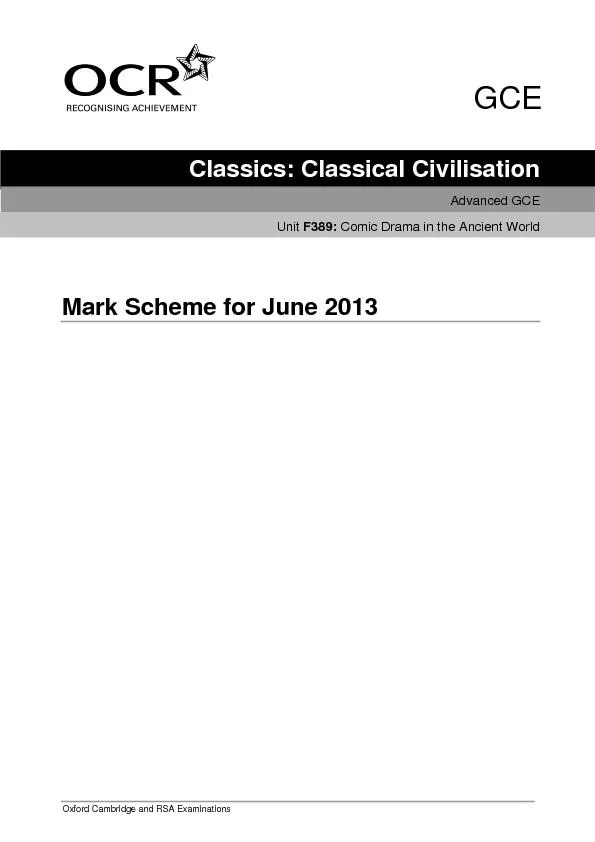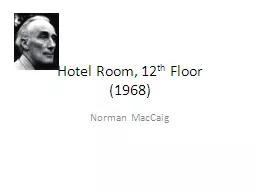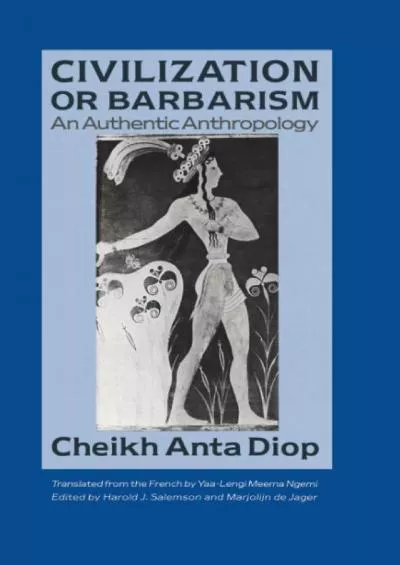PPT-From Civilisation To Barbarism?
Author : ellena-manuel | Published Date : 2016-02-26
Western Britain in the Early Middle Ages Week Four Burial Ritual and Religion Tutor Dr Kirsten Jarrett University of Oxford Department for Continuing Education
Presentation Embed Code
Download Presentation
Download Presentation The PPT/PDF document "From Civilisation To Barbarism?" is the property of its rightful owner. Permission is granted to download and print the materials on this website for personal, non-commercial use only, and to display it on your personal computer provided you do not modify the materials and that you retain all copyright notices contained in the materials. By downloading content from our website, you accept the terms of this agreement.
From Civilisation To Barbarism?: Transcript
Download Rules Of Document
"From Civilisation To Barbarism?"The content belongs to its owner. You may download and print it for personal use, without modification, and keep all copyright notices. By downloading, you agree to these terms.
Related Documents

